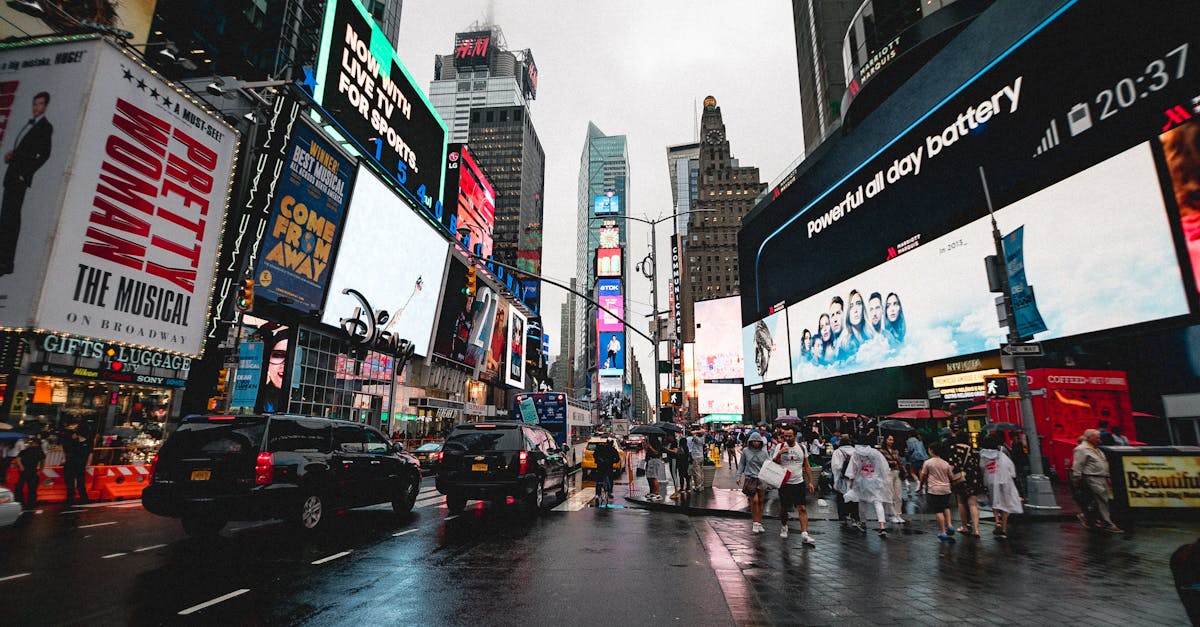Revolutionizing Fashion The Next Gen Style of 2025
Introduction
In 2025, the fashion world is bracing for a revolutionary transformation that promises to redefine the very essence of style. Technological advancements, coupled with a heightened awareness of sustainability, are paving the way for a new era in fashion. As the younger generation of designers embrace innovative materials and progressive designs, the world is witnessing the dawn of the Next Gen Style Revolution. With eco-consciousness at its core, this movement focuses on creating fashion that is not only chic but also sustainable. While the essence of traditional crafting methods remains, futuristic tweaks give birth to designs that are both avant-garde and practical. Customers now demand transparency, leading brands to rethink their production processes and prioritize ethical fashion. This transformation is not just about clothing; it's about a holistic change in how fashion is perceived and consumed.
Advertisement
The Impact of Technology
The fusion of technology and fashion is spearheading the Next Gen Style Revolution. Advances in digital design and 3D printing are enabling designers to create intricate patterns and structures unimaginable in previous decades. Smart textiles, embedded with microelectronics, allow garments to adapt to weather changes, emphasizing style and functionality. Augmented Reality (AR) is playing a vital role in retail, offering virtual fitting rooms, while artificial intelligence aids in predicting fashion trends and customer preferences. Such integration of technology not only streamlines the production process but also minimizes waste, aligning with sustainable goals. As a result, consumers can expect fashion that's not only innovative but also personalized and enduring.
Advertisement
Materials of the Future
The call for greener practices has led to the exploration of unconventional materials, igniting a new chapter in fabric innovation. Biodegradable materials and lab-grown fibers that mimic natural characteristics are at the forefront of this revolution. Brands are turning to seaweed, pineapple leaves, and recycled plastic bottles to create textiles that are both durable and eco-friendly. Such materials reduce reliance on resource-intensive options like cotton and silk, offering viable alternatives that are less taxing on the environment. Furthermore, innovations in dyeing techniques, such as using plant-based dyes and waterless processes, significantly reduce pollution, contributing to a cleaner fashion industry.
Advertisement
The Rise of Circular Fashion
Circular fashion lies at the heart of the Next Gen Style Revolution, emphasizing the reduction of waste through recycling and upcycling initiatives. Influenced by a circular economy model, clothing is designed to be remade, repaired, and worn across generations. Brands are creating programs to collect used clothing, which is then deftly transformed into new collections, blurring the lines between preloved and new. Rental fashion services, where consumers can temporarily lease garments, are flourishing, fostering an ethos of shared economy within the fashion community. **As user consciousness about waste heightens**, zero-waste patterns are becoming mainstream, ensuring that every inch of fabric leaves a meaningful footprint.
Advertisement
Personalization Meets Fashion
The future of fashion celebrates individuality, with personalization gaining unprecedented momentum. From custom-designed prints to personalized sizing, brands are implementing AI technology to capture precise customer measurements and preferences. This shift caters to the growing demand for unique, tailor-made pieces, moving away from mass production towards exclusivity. Consumers can now co-create their garments, selecting everything from colors to fabrics, and even co-designing logos or art statements. This personalized approach not only strengthens the consumer-brand relationship but also reduces returns, supporting sustainability by minimizing waste.
Advertisement
Inclusivity in Fashion
2025 marks a significant stride towards inclusivity, embracing diversity in all its forms. The Next Gen Style Revolution champions designs that cater to various body types, gender identities, and cultural narratives. Unisex fashion is becoming mainstream, focusing on versatility and comfort, with gender-neutral lines exemplifying the breaking of traditional sartorial boundaries. Furthermore, adaptive clothing aimed at those with disabilities or special needs ensures that fashion is accessible and empowering for everyone. This era's emphasis is on celebrating individuality, fostering a fashion environment where everyone feels represented and valued.
Advertisement
A Shift Towards Ethical Practices
The spotlight is on ethical fashion, with consumers holding brands accountable for transparency in production and labor practices. The Next Gen Style Revolution prioritizes fair wages, safe working conditions, and ethical supply chains, ensuring that fashion is conscientious and responsible. Many brands are committing to carbon-neutral operations and aligning with global guidelines for ethical sourcing, demonstrating a shift towards a more conscientious industry. This ethics-first approach is not just about compliance; it's about genuinely integrating humanity into every stitch of the fabric, reflecting a commitment to social justice and environmental stewardship.
Advertisement
Fashion's Influence on Society
Fashion has always been a reflection of society, and the Next Gen Style Revolution 2025 is no exception. With a strong focus on sustainability and technology, this movement influences cultural values, urging society towards more conscious living. Fashion weeks around the globe are shedding light on themes of conservation, biodiversity, and inclusivity, sparking dialogues on important societal issues. As consumers become more aware of the impact of their choices, they demand that brands advocate for bigger societal changes, demonstrating that fashion can be a powerful tool for advocacy and change.
Advertisement
The Role of Social Media and Influencers
Social media platforms act as significant catalysts in the dissemination of the Next Gen Style Revolution. Influencers and fashion bloggers play crucial roles in promoting sustainable fashion, exposing a global audience to innovative trends. Platforms like Instagram, TikTok, and Pinterest offer instant feedback to brands, fostering direct engagement with their audience. Social media's visual storytelling capabilities allow influencers to present the ethos of brands authentically, creating greater awareness and demand for sustainable and ethical products. Furthermore, these platforms amplify voices encouraging collective action, ensuring the new-wave ideology reaches and inspires the broader community.
Advertisement
Conclusion
The Next Gen Style Revolution of 2025 is not merely about fashion; it's an introspective journey towards a sustainable and inclusive future. By intertwining technology with ethical practices and innovative materials, the industry is setting a benchmark for sustainability. As cultural and technological boundaries blur, the world witnesses a paradigm shift where fashion is a reflection of conscious choices. This revolution reshapes style, making it multifaceted and responsive, with new narratives underpinned by a profound respect for the planet and its people. Ultimately, it signals a future where fashion serves not just aesthetics but responsibility and change.
Advertisement





